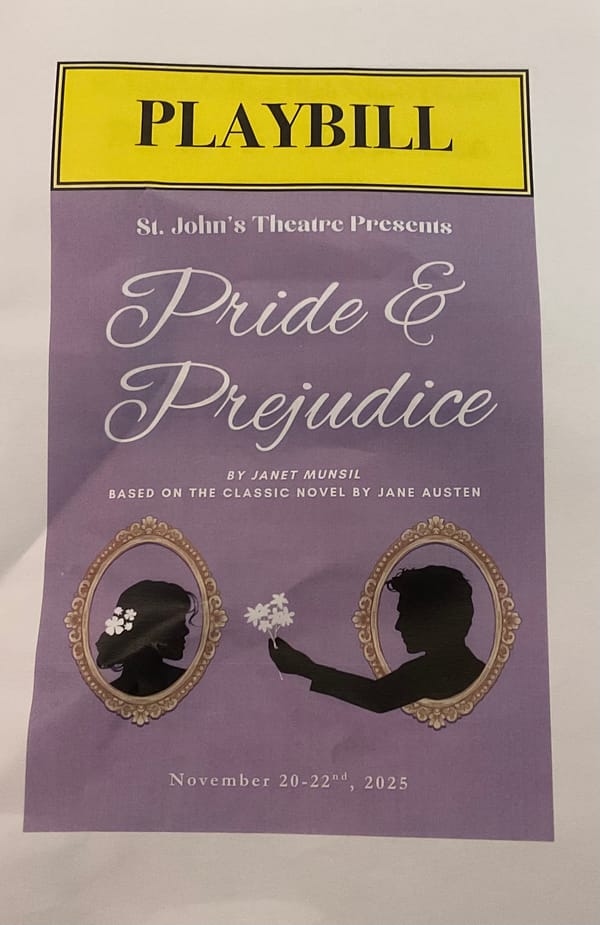Separating the art from the artist

Joe Mumola on the importance of separating art from artist

Take a look at the painting to the right. The Courtyard of the Old Residency in Munich, currently in Washington, DC, is a watercolor piece that has been described as a testament to the artist’s love for painting and architecture.
But does knowing that it was made by Adolf Hitler, 19 years before he would become chancellor of Germany, change the value of the painting?
While this is admittedly an extreme example, the debate between separating art from the artist is nothing new. Discussions have gotten more common and more heated in recent years as technological advancements and empowering movements like #MeToo have held artists to higher standards for their actions through increased accountability.
Take R. Kelly, for example: despite constant allegations and evidence of sexual assault, including some involving minors, he continues to release new music and perform concerts.
The rap community is considered the genre where this debate is most prominent, ranging from older examples such as R. Kelly to, more recently, the domestic assault allegations of XXXTentacion. But this issue also spans into other genres, such as pop artist Melanie Martinez and country singer Kid Rock.
But is an understanding of the creator crucial to the art itself? Almost everyone has had a time where they enjoyed a song on the radio they’d never heard of before. And who could blame someone for enjoying or forming a bond over a song before allegations came out over the artist?
Songs, and art in general, carry their own messages, and do not reflect on every aspect of an artist’s life. Fans of XXXTentacion and his music, even after his controversies, refer back to a song where X focuses on his depression.
People’s views can also change over time. Pop artist Paramore decided earlier this year to stop playing one of their most popular songs, Misery Business, because of harsh lyrics toward women. And during Kanye’s period of conservative rhetoric this year, fans would talk about how his music was back in the mid to late 2000s.
The average person shouldn’t be responsible for keeping track of the social standing of every musician they listen to. The messages presented in a song take precedent over the messages musicians spread.
Maddie Breeden on why artists have to be linked to their other actions
Recently, many artists have been dug up into the limelight by the media, especially in the wake of the #MeToo movement. Most are known and loved by a variable audience from young children to grandparents. Important artists like Melanie Martinez, Stan Lee, and James Franco have all been accused of sexual assault, shocking their fans.
I believe that we cannot separate artists from their art because the art itself reflects the beliefs and life of the artist. Most artists write songs based off of their own personal experiences and troubles. We accept these aspects of creativity, so why not the negative connotations associated with the artist? Each person is not defined by their past experiences, but still shaped and molded by them.
For example, a famous artist in the 1960s, Jonny Cash wrote many top hits and influenced lives, but was also thrown in jail seven different times all for misdemeanors or trespassing. Another famous, yet questionable figure around this time is Elvis Presley. Presley was arrested for violence and misconduct in 1956, yet continues to influence the world to this day.
All good artists have a vast influence on their audience, making it even more important that we do not separate artists from their work. Every song has a piece of heart and soul thrown in, and every poem is shaped by that poet’s life. Artists especially accused of sexual assault should be lumped together with their work for many important reasons. Musicians especially have a strong hold on their audience, and can influence them negatively or positively.




